Video: Miles Aldridge re-imagines British painter Mark Gertler's 'Merry-Go-Round'
Watch Miles Aldridge in action as he re-envisions British artist Mark Gertler's 1916 wartime painting, 'Merry-Go-Round', commissioned for the relaunch of London's Tate Britain
To celebrate the newly redesigned Tate Britain, fashion photographer and provocateur Miles Aldridge was among several of the country’s top creative minds invited by the Tate to re-envision an artwork from the gallery’s vast collection. Aldridge chose British artist Mark Gertler's ‘Merry-Go-Round’, painted in 1916 at the height of WWI, and the film follows his creative process as he re-imagines it through his lens.
Gertler’s seminal wartime painting depicts a group of military and civilian figures seemingly trapped on an endlessly revolving carousel. ‘I feel like I’ve always been drawn to this painting,' says the photographer. 'It’s a picture I saw very early on as a secondary school student. It’s kind of sweet, but has this amazing kind of menace.'
Taking a painting, reinterpreting it as a 3D set and photographing it - while staying true to its spirit - is no easy task. ‘The challenge will be to do anything as interesting as Mark Gertler did with his painting, because the palette of the painting is fantastic - pretty much perfect,’ explained Aldridge during the shoot. 'To me, it’s like a precursor of pop art - kind of industrial in a way, with its limited tones.’
To wit, his photographic frieze draws on the dream-like quality and colours of the original painting, while injecting the photographer’s signature gloss-licked surrealism into the scene.
The first phase of the Tate Britain revamp, conceived by London-based practice Caruso St John Architects, launches on 19 November. See our December issue - out on 14 November - to read about its transformation.
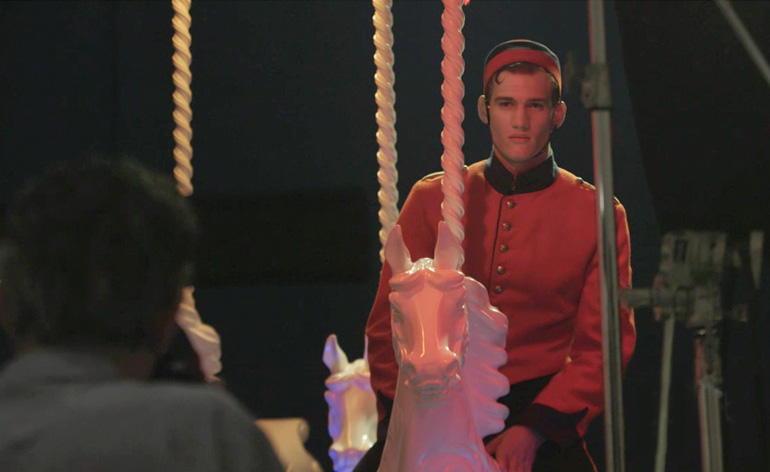
Watch Miles Aldridge in action as he re-envisions British artist Mark Gertler's 1916 wartime painting, 'Merry-Go-Round', commissioned for the relaunch of London's Tate Britain

Gertler’s seminal piece, painted at the height of WWI, depicts a group of military and civilian figures seemingly trapped on an endlessly revolving carousel
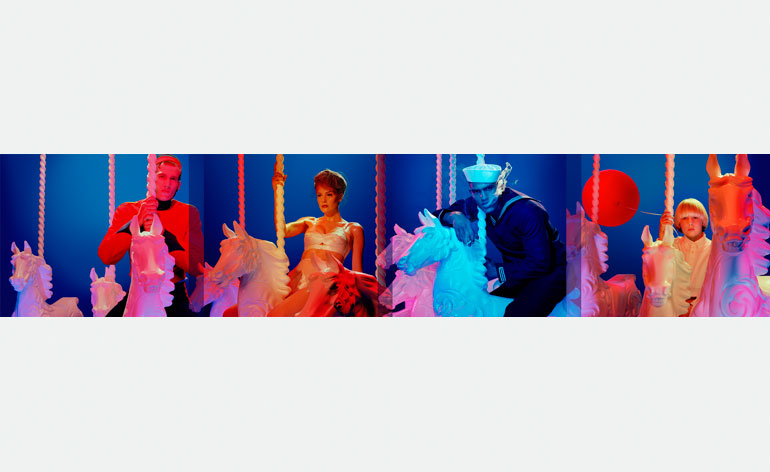
Aldridge has re-imagined Gertler's painting as a photographic frieze comprising four hyper-saturated frames
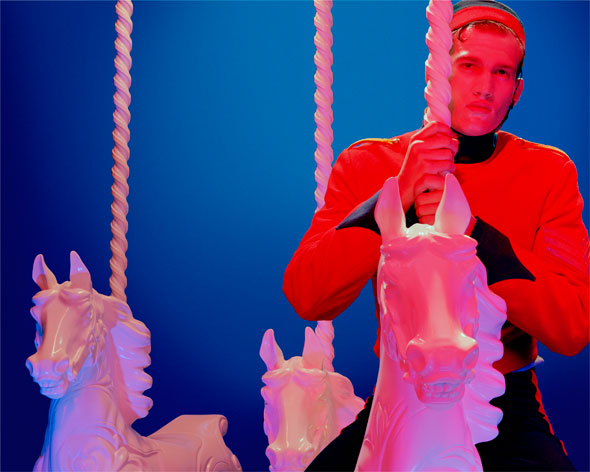
A closer look at a still from Aldridge's frieze, which draws on the dream-like quality and colours of the original painting...
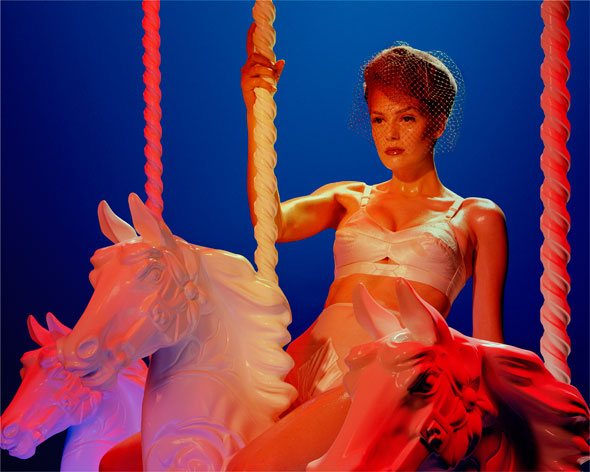
...while injecting his signature gloss-licked surrealism into the scene
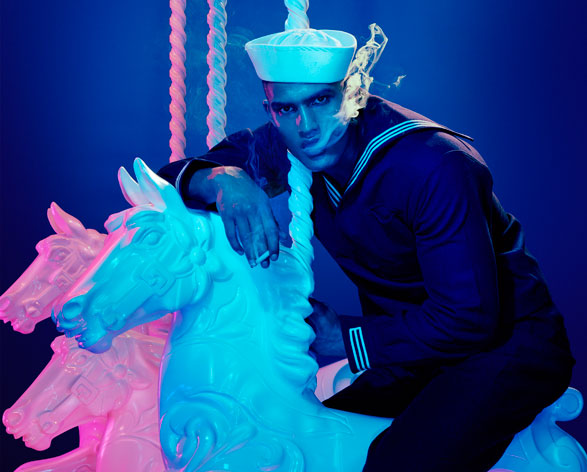
‘I feel like I’ve always been drawn to this painting,’ said Aldridge during the shoot. 'It’s a picture I saw very early on as a secondary school student. It’s kind of sweet, but has this amazing kind of menace'
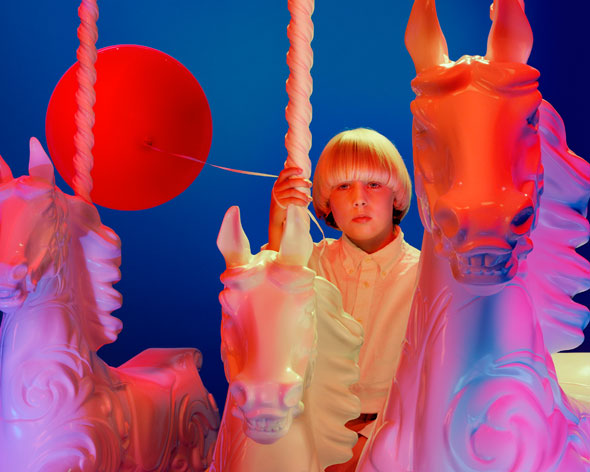
Added the photographer: 'I intend to take the elements of the painting and create a series of photographic studies as if they were made by the artist himself'
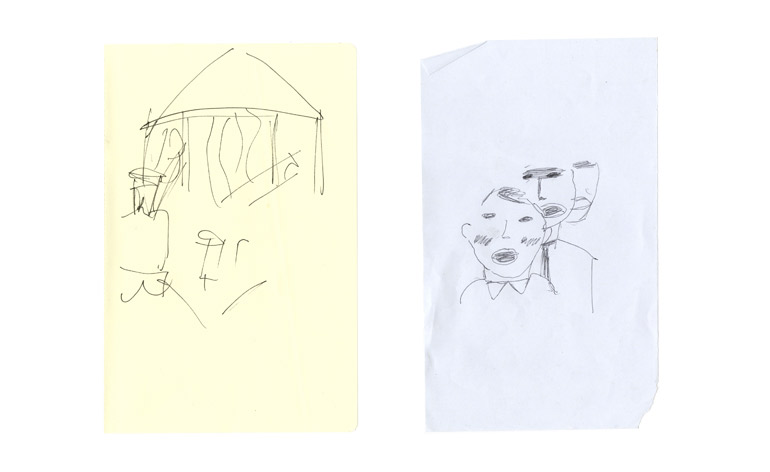
Working sketches by Aldridge isolate individual elements from Gertler's painting. 'When I work on an idea of re-intepreting a painting, or maybe something autobiographical, I like to go into that as an art student and visually inquire as much as I can,' explains the photographer
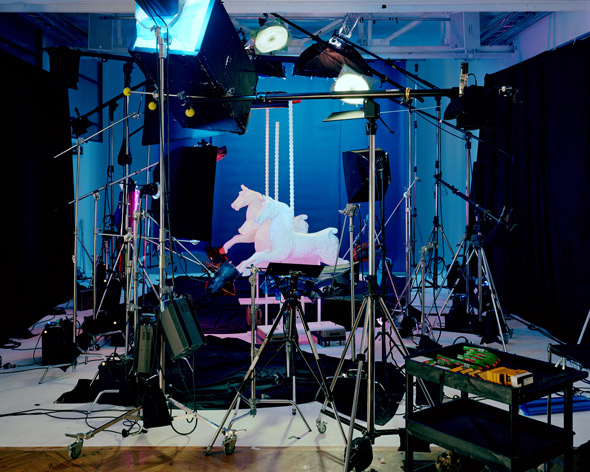
A view of the photographer's complex lighting set-up in his studio. Says Aldridge: 'I wonder what Mark Gertler would make of all of this, nearly 100 years after his painting. The camera was just in its infancy in 1916, and the idea of photography as art was still very far away from his experience of photography'
ADDRESS
Tate Britain
Millbank
London SW1P 4RG
Wallpaper* Newsletter
Receive our daily digest of inspiration, escapism and design stories from around the world direct to your inbox.
-
 Sotheby’s is auctioning a rare Frank Lloyd Wright lamp – and it could fetch $5 million
Sotheby’s is auctioning a rare Frank Lloyd Wright lamp – and it could fetch $5 millionThe architect's ‘Double-Pedestal’ lamp, which was designed for the Dana House in 1903, is hitting the auction block 13 May at Sotheby's.
By Anna Solomon
-
 Naoto Fukasawa sparks children’s imaginations with play sculptures
Naoto Fukasawa sparks children’s imaginations with play sculpturesThe Japanese designer creates an intuitive series of bold play sculptures, designed to spark children’s desire to play without thinking
By Danielle Demetriou
-
 Japan in Milan! See the highlights of Japanese design at Milan Design Week 2025
Japan in Milan! See the highlights of Japanese design at Milan Design Week 2025At Milan Design Week 2025 Japanese craftsmanship was a front runner with an array of projects in the spotlight. Here are some of our highlights
By Danielle Demetriou
-
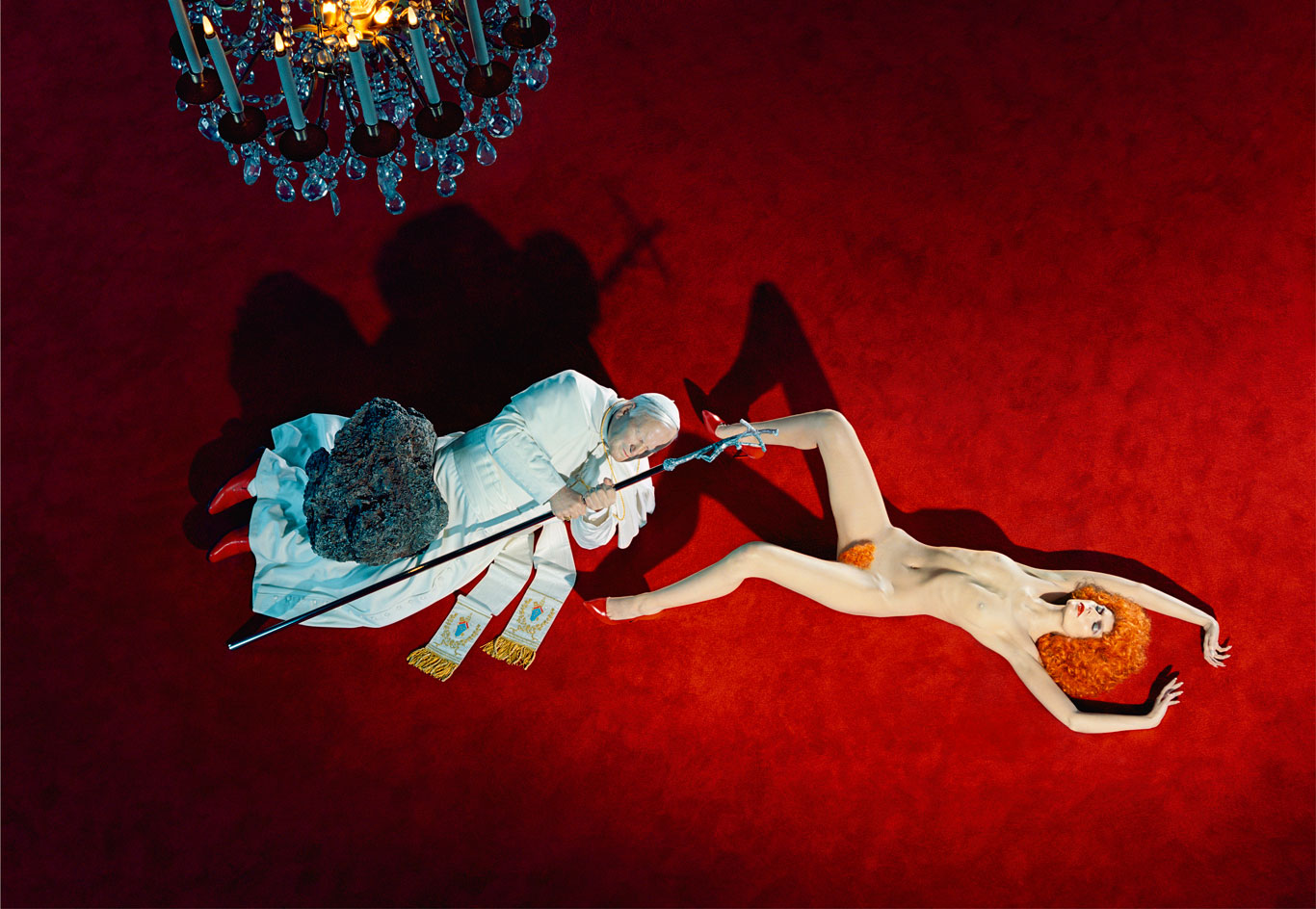 Miles Aldridge: ‘Why I am me and not you’
Miles Aldridge: ‘Why I am me and not you’British artist and photographer Miles Aldridge combines sickly-sweet luxury, Maurizio Cattelan encounters, and portraits of Marina Abramović and Zaha Hadid in Fotografiska New York retrospective
By Harriet Lloyd-Smith
-
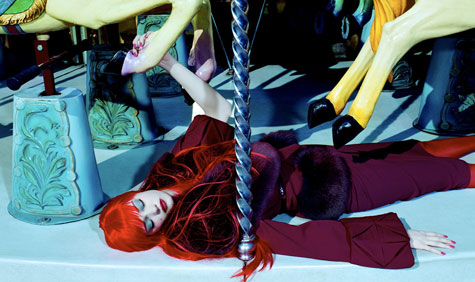 Miles Aldridge, London
Miles Aldridge, LondonBy Harriet Lloyd Smith